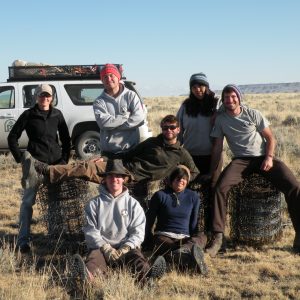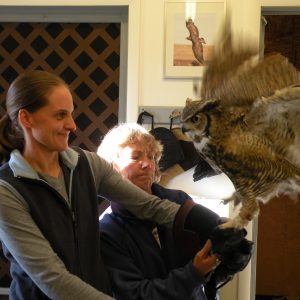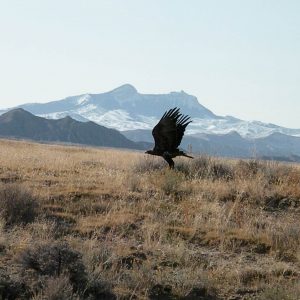
Although the central valley’s chaparral is an ecological wonderland, something about the coniferous forests and mountains has always called to me. From the moment I got my job offer here in El Dorado Hills, all I thought was YOSEMITE.

Ahhh Yosemite, a mecca of towering granite, incomparable waterfalls, beautiful vistas, and lush alpine meadows.
I’d read John Muir and drooled over enough Ansel Adams photographs to know the central valley by heart. Finally, at long last, it was my turn.
Despite my enthusiasm, the weeks ticked slowly by, and I hadn’t made it yet. What stood in my way? Flashbacks of my trip to Yellowstone in July quickly come to mind—in all its crowded, hot, and sticky glory.
However, the season’s first snow– while backpacking at Lake Tahoe no less—gave me just the kick in the butt I needed. With uncontrollable excitement (and veiled uncertainty), I packed the car and embarked on my maiden voyage.
For all my anticipation and high expectations, Yosemite did not disappoint. It’s a place whose beauty I cannot articulate.

The days flew by, but moments lingered with a satisfying deliciousness. I visited the giant sequoias, snapped hundreds of photos, patiently explained that being from Ohio doesn’t make me a buckeye fan, and looked for bears around every bend.
Rarely have I had the opportunity to travel to such a beautiful place alone and enjoy its splendor on my own schedule. I reveled in it all.

I’ll admit that sometimes I question my judgment– just a little bit. When did hiking for miles straight uphill with a fifty pound pack alone become my idea of fun?
Don’t you get lonely and sore and bored?
Aren’t you worried about the bears?
What happens if you get hurt?
Wouldn’t you much rather sleep in a bed, drink beer, and eat fresh eggs for breakfast?
These thoughts drifted through my mind as I hiked–challenging the very core of my being that brought me here. Yet somewhere between the moon shadows, breathtaking vistas, and thundering waterfalls, they fell silent– leaving only a feeling of utter peace in their wake.
Over and out.
Sophia Weinmann, El Dorado Hills, CA














